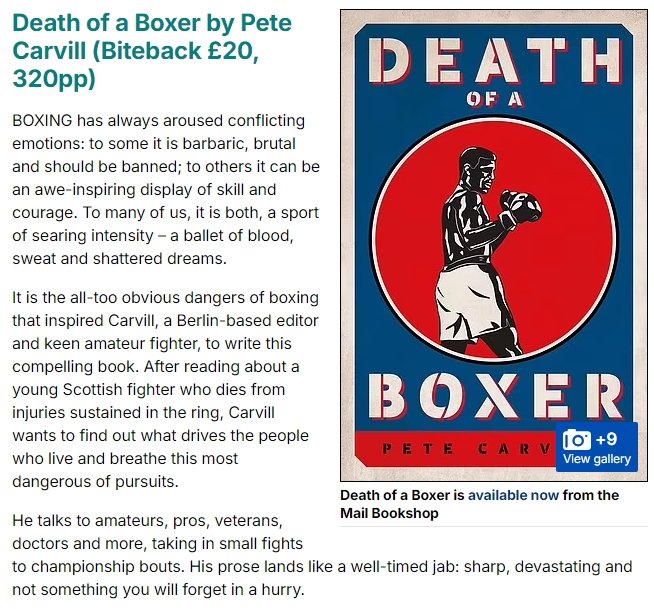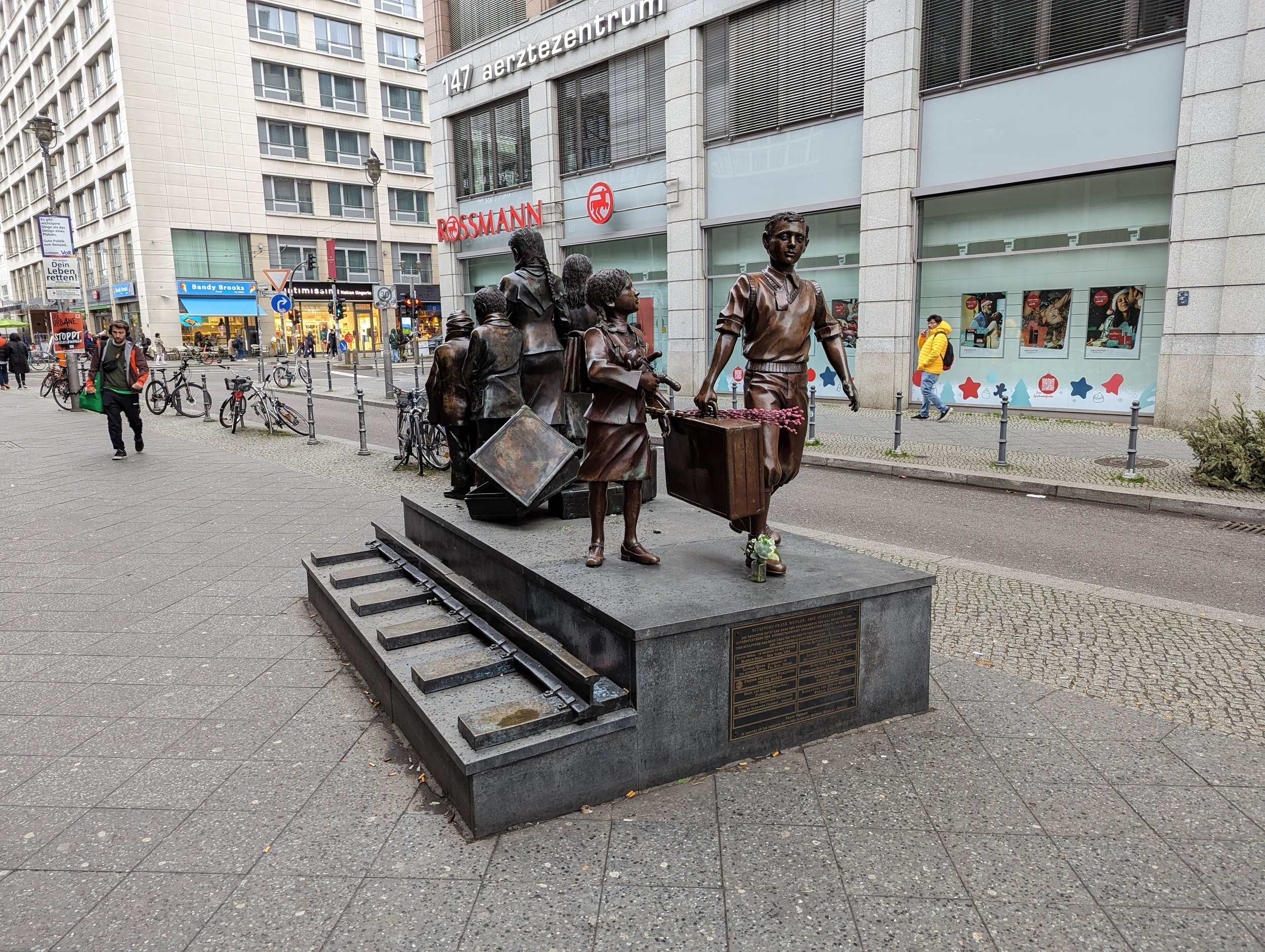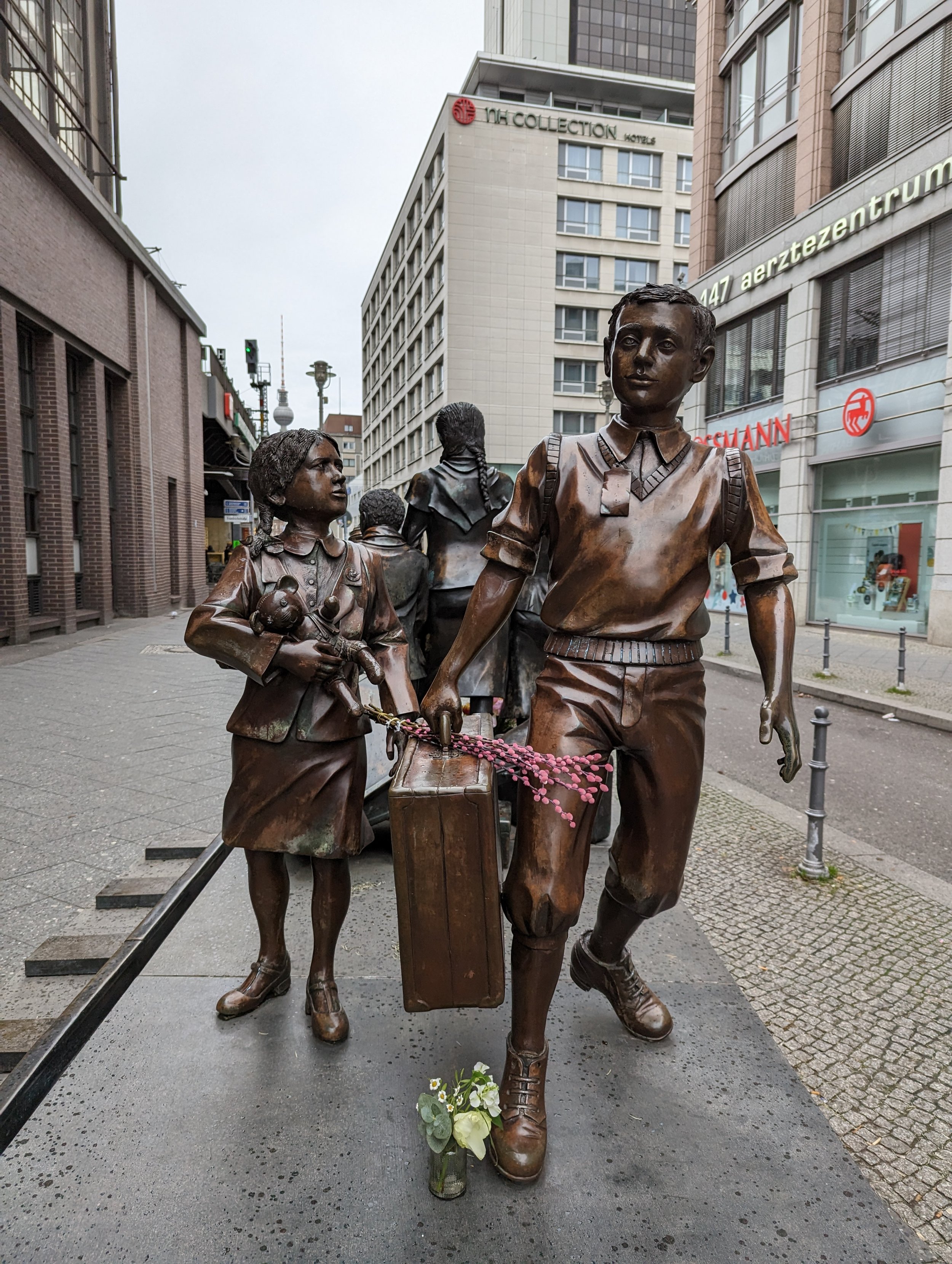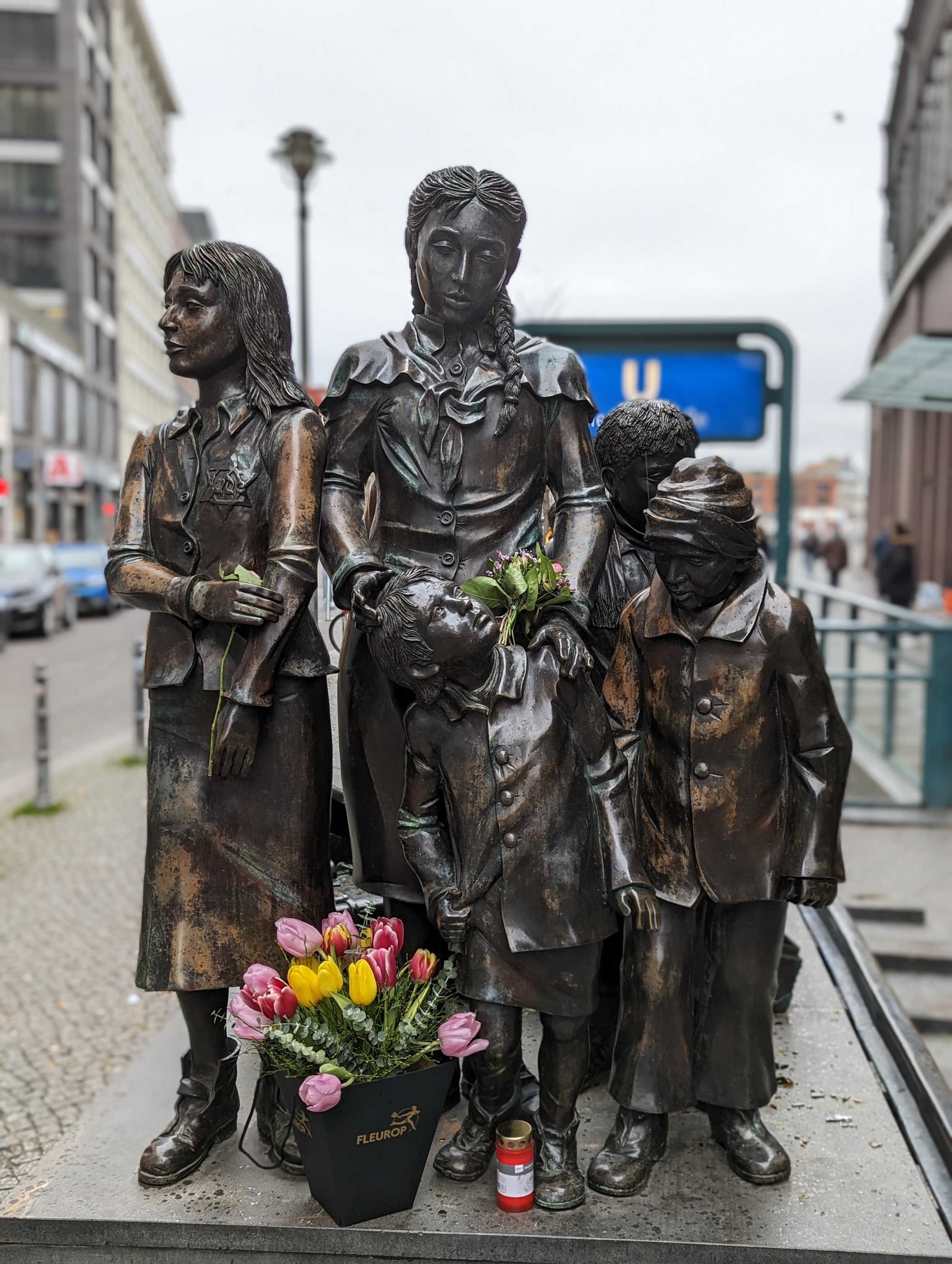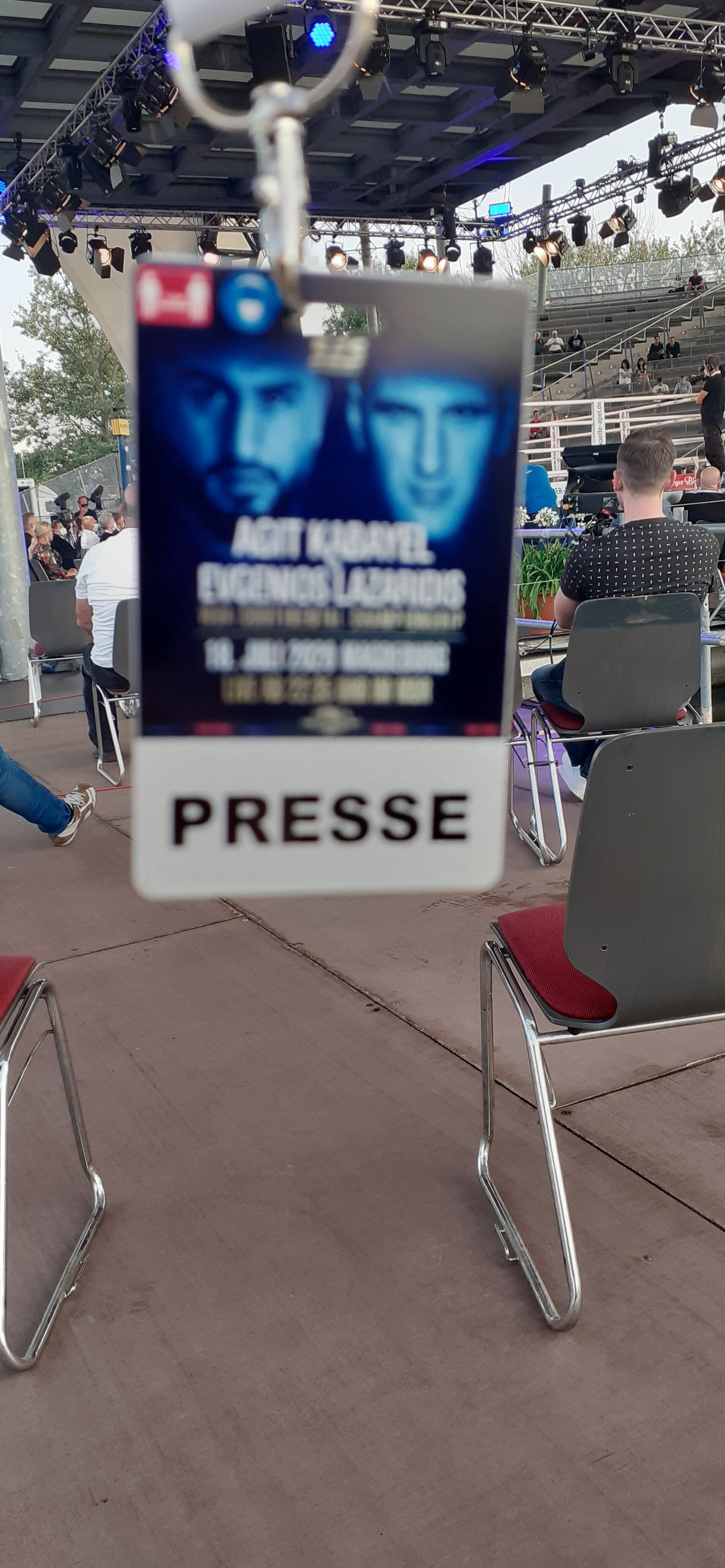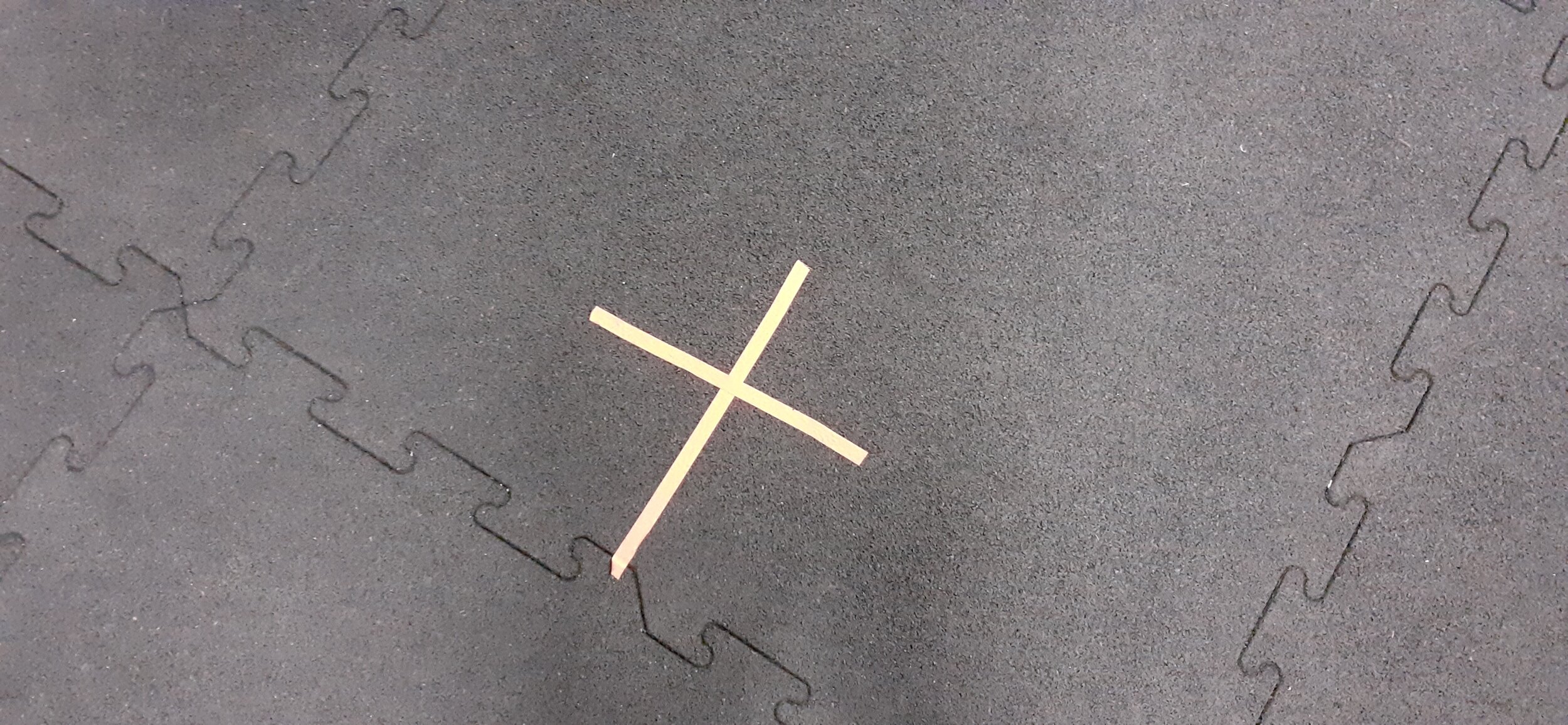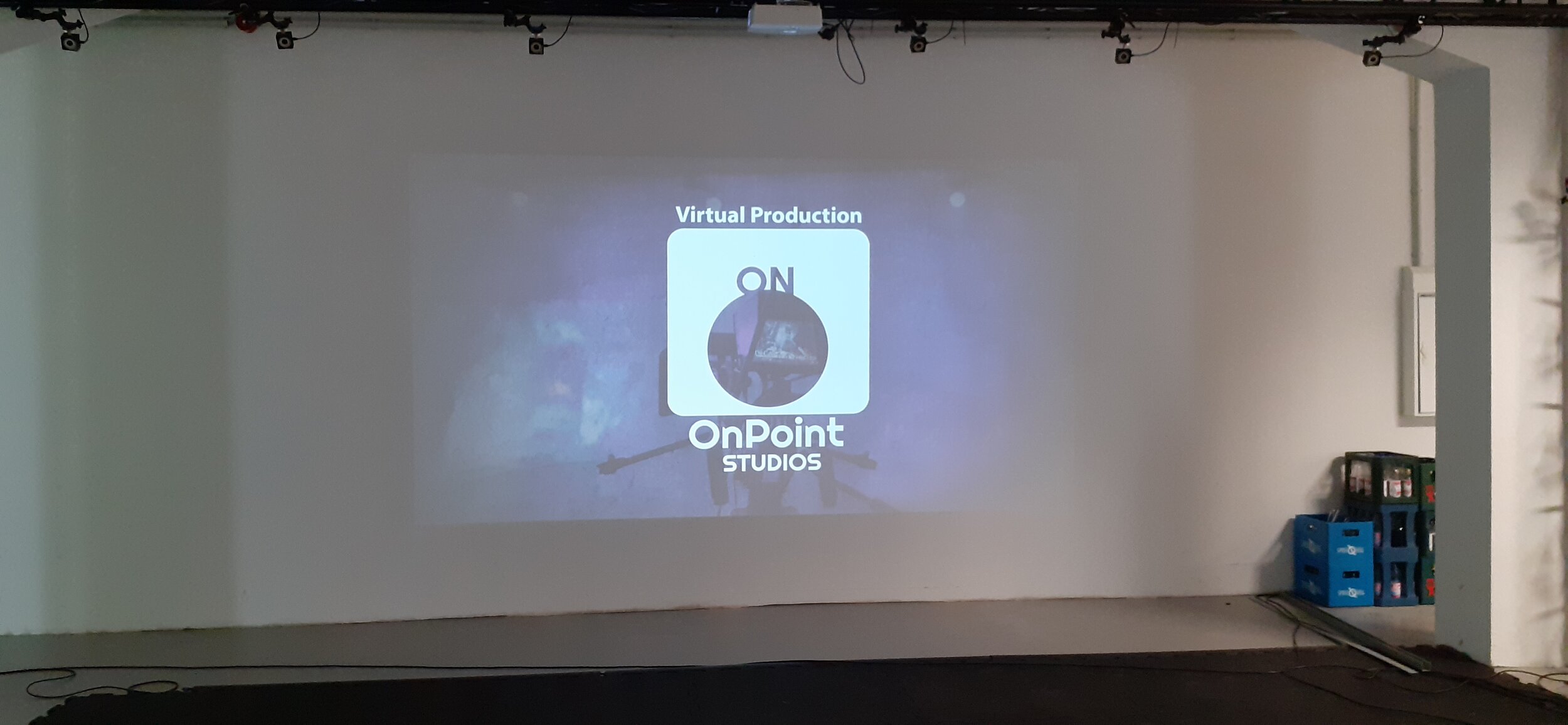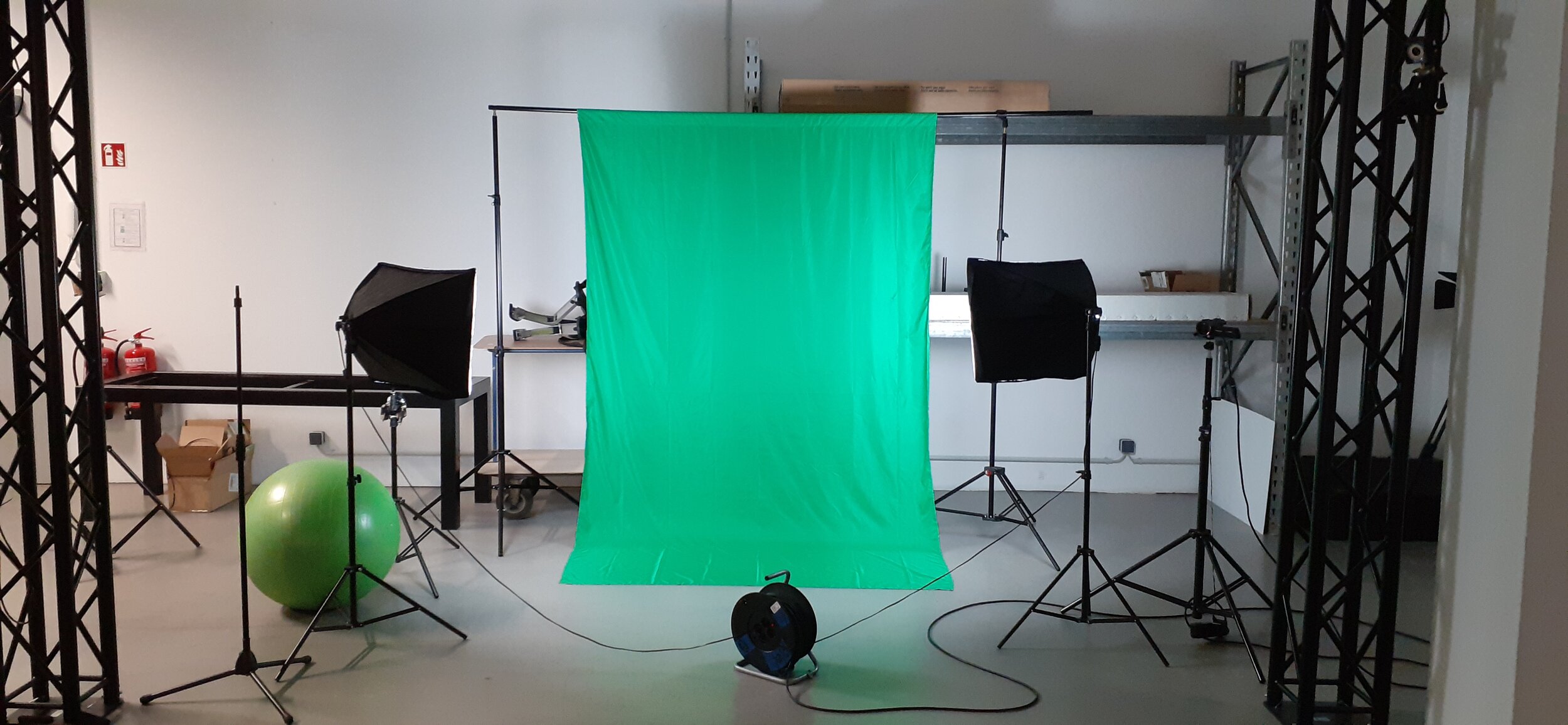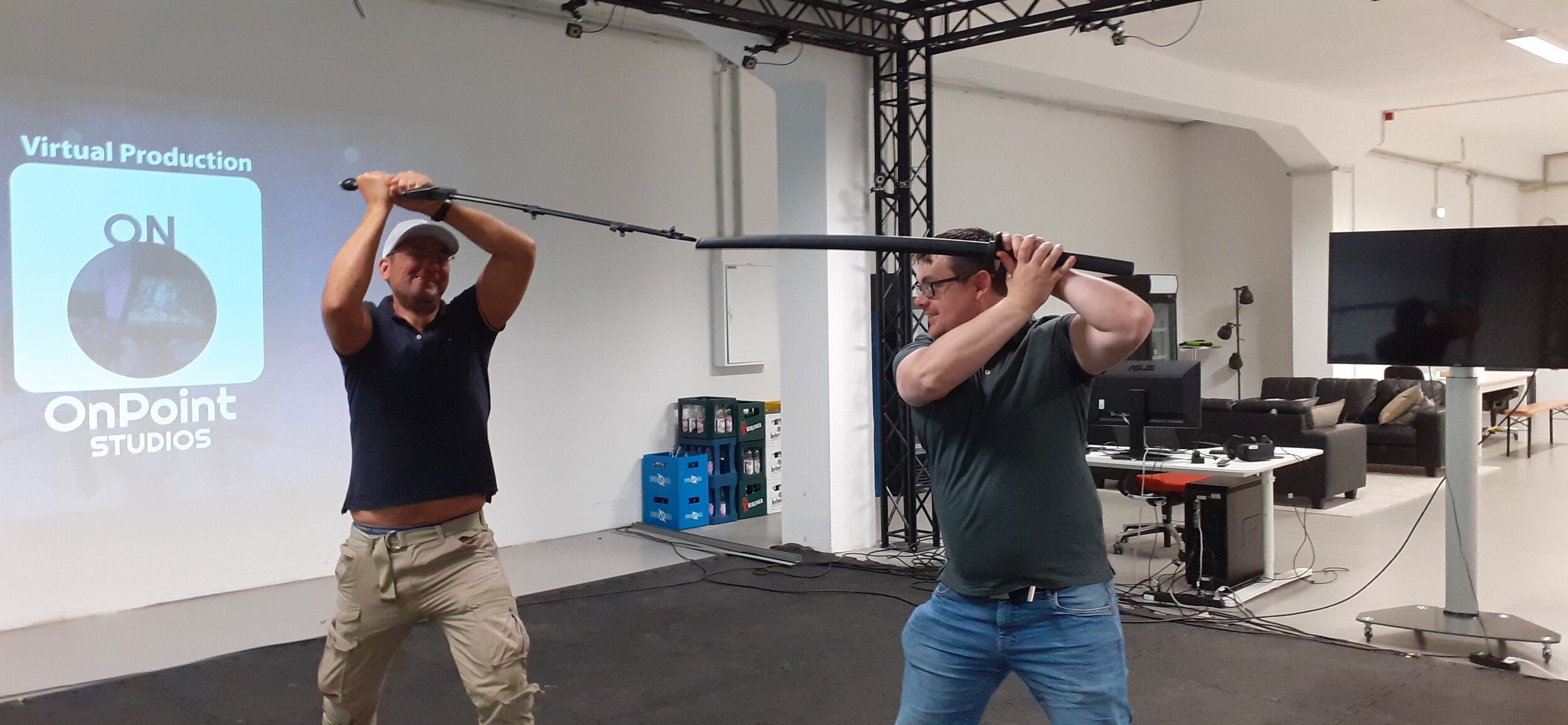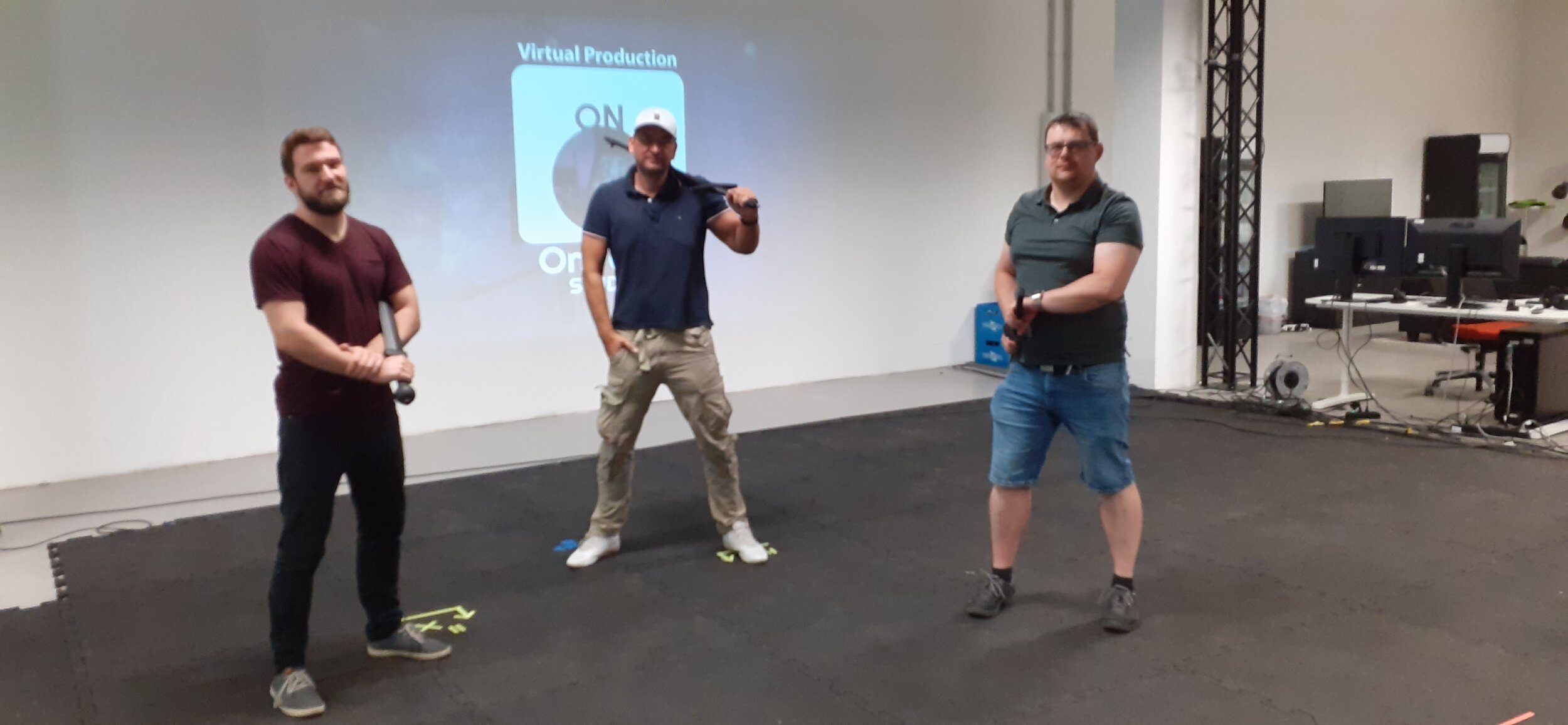‘A Duel of Bulls: Hemingway and Welles in Love and War’ to be launched at International Journalism Festival in Perugia, Italy
I’m finally thrilled to announce that I’ll be launching my latest book, A Duel of Bulls: Hemingway and Welles in Love and War, during the International Journalism Festival in Perugia, Italy.
A Duel of Bulls (Biteback Publishing) is a literary take on the strange-but-true story of the real ‘friendship’ that existed between two of the twentieth century’s most-iconic literary figures.
The details for the launch are below, but if you need them here, it’s: 19.00, 11 April at the La Biblioteca del Conte, Via Galeazzo 5, Perugia
Rupprecht vs. Yamanaka in Potsdam, Berlin
After covering the Felix Sturm and Benny ‘The Jet’ Blindert fight in Ulm last month, I’ve got my next assignment!
On 5 April, I’ll be in Potsdam, near Berlin, where I’ll be working for Blanko Sports and SES Boxing to provide the English-language commentary on the show being held at the MBS Arena, Potsdam.
It’s a great card: we have ‘Tiny’ Tina Rupprecht vs Sumire Yamanaka for the undisputed world atomweight championship. We’ve also got Nick Hannig vs Mateusz Tryc for the WBO 175lb European champion, and Julian Vogel vs. Milos Beranek for the WBO youth 154lbs title.
According to Boxrec, we’re also going to have appearances from Viktor Vykhryst, Rydell Booker , and (my tip for superstardom) Roman Fress.
And I’m going to be there as the commentator!
Looking forward to seeing you all there on 5 April.
(Oh, and I have to mention that my next book comes out five days later with Biteback Publishing. That’s A Duel of Bulls: Hemingway and Welles in Love and War.)
A Duel of Bulls: Hemingway and Welles in Love and War
Cover for A Duel of Bulls: Hemingway and Welles in Love and War by Pete Carvill
It’s been a long time in the works but my next book, A Duel of Bulls: Hemingway and Welles in Love and War, will be released on 10 April.
The book is a mostly true, entirely entertaining, account of the intertwining lives of two of the twentieth century’s most-celebrated artists, beginning in 1932 in Spain and then travelling across Cuba, London, France, Germany, and the US, before pulling into the cold hills of Idaho as Ernest Hemingway’s life comes to its end.
According to Biteback, my publishers: “Lyrical, and unafraid to take liberties when faced with the difficulties of conveying the lives and careers of two legendary self-mythologizers, A Duel of Bulls is a remarkable account of one of twentieth century art’s most unlikely of friendships.”
Just named as a ‘Sports Book of the Year’ TWICE
Some tremendous news this week - Death of a Boxer has been named as a ‘Sports Book of the Year’ by both The Irish Times and The Daily Mail.
The Daily Mail naming Death of a Boxer as one of its sports books of the year.
And from The Irish Times.
Back into boxing
Some of you may have seen in recent months that I’ve started doing commentary on an event-by-event basis, with first two events playing on DAZN in September and October.
And in a few weeks, I’ll be back on the microphone - commentating live from ringside in Heidelberg, Germany, covering the EBU heavyweight championship title fight between Oleksandr Zakhozhyi and Arnold Gjergjaj.
First review lands for ‘Death of a Boxer’
Excerpt from this weekend’s Mail on Sunday review
This last weekend saw the first review for Death of a Boxer, from the Mail on Sunday.
Mark Mason wrote that the book is both ‘absorbing’ and ‘superbly written’.
He also wrote:
Like all the best love stories, it’s complicated.
Death of a Boxer launches in London and Berlin
Next Tuesday will see the official UK publication date of Death of a Boxer. It’s been a long time since I started writing it in January 2023 to the moment when it properly lands on the shelves of bookshelves up and down the country.
And there are going to be TWO launch parties happening in the next few weeks, one in London and followed by a second in Berlin a few weeks later.
The London launch is going to be held at the Fitzroy Tavern, 16 Charlotte Street, W1T 2LY, beginning at 19.00. There is no entry fee. I’ll be there to read and sign books.
A few weeks later, on 10 March, I’m going to be doing the Germany launch. This will be with Lettretage, and will be held at ACUD, Veteranenstraße 21, 10119 Berlin. There is a €5 entry fee (€3 discounted), which goes towards the costs of running the event. I’ll be doing a reading with a moderator. Tickets are available here.
Pete
Those final moments before the storm…
I finally managed this week to somehow complete my part in the process of Death of a Boxer. After a year of writing, travelling, getting punched voluntarily by older fighters, late nights, fraught nerves, and worry, I seem to be done.
The proofs came to me late last Friday and I’ve read over the book again, finding a few niggles here and there—the errant comma, the missed full stop, etc… Now, the book goes to the proofreader who will do their own magic before it gets sent around the middle of January to the printers before coming out in bookstores across the UK from 20 February.
It has been a long process, much of it expected. And it’s been a blast, both on the reporting and writing sides, and on the production side. I’ve worked with Biteback closely on this one, from the first days when I was batting silly ideas at Mark Wallace (“An erotic memoir of yours is one thing, Pete, but we need a book, not the back of a stamp.”), to the initial meetings with James Stephens and Olivia Beattie at Biteback Publishing, and then the editing process with the incredibly patient Ryan Norman.
And I have to say that has gone incredibly smoothly (although I’m not sure what the team would say from their side). I’m happy that we’ll be working on A Duel of Bulls together, which will tell the story of the ‘friendship’ between Orson Welles and Ernest Hemingway.
What I’ve buried the lede on so far is that while it’s my picture and name that will be on the front of Death of a Boxer, this has ultimately been a team effort. Thanks, guys.
When I sat down on Monday to read again the 77,000 words that make up Death of a Boxer, I spent the first twenty-plus pages hating the fact that I was reading it AGAIN. But then a curious thing happened. I’ve said from the start that the book was really a series of love stories, and in reading it, I began falling in love again with everyone that is in it.
It has, indeed, been a lovely feeling. And as biased as I am, I have to say that the book is pretty f---ing good.
The next steps will be revealed soon, but we have already gotten some great endorsements and feedback on the book, and I’m speaking with Runcorn Shopping City this week about doing a reading there when the book is released that will also be a fundraiser for Runcorn ABC.
See you further up the road.
My next set of business cards
At some point, before Death of a Boxer comes out, and probably after I get back from the Arctic where I’ll be researching my next book, I’m going to sit down and order some more business cards.
There is always, I find, an intrinsic giddiness that comes with getting new business cards. I guess it reminds me of the times when I had a proper job.
Either way, I’m going to get this phrase— “It’s a hard life, bring a writer.” — printed on them.
Death of a Boxer
The cover for Death of a Boxer.
Well, it's official. My book, Death of a Boxer, will be released on 20 February next year by Biteback Publishing.
If you only read one book in 2024... you should probably be demanding more of yourself.
A Railway Line to Nowhere: Berlin’s Platform 17
One of the signs for Platform 17 at Berlin’s Grunewald Station
It is the memories that last longest, outliving always the events that created them.
The signs for it say little other than the basics—just its name and an arrow, easy to miss unless you know it is there. But walk down the tunnel beneath the tracks at Grunewald station, and you find it, in plain black-and white: Mahnmal Gleis 17.
It is on the south side of the station, a platform from which no train will ever leave again. Trees stand within its rails or so close that no engine could ever go by. It is blocked at one end and the tracks go off into more trees at the other.
The station was built in 1879 and given the name Grunewald five years later. The buildings are now old and scuffed around the edges, much too big for how it is used today. Families come here at weekends to walk into the forest and people commute from it during the week.
Travelling west from the city’s main train station on the S7 line, it is the point at which the newer and more modern stations of glass, steel, and concrete give way to the older buildings in the urban parts not destroyed by war. Its dull, dark-coloured brick buildings are an ornate hangover from when it was busier.
The history is brutal. As Atlas Obscura wrote about it: “The first deportation train departed from Platform 17 on October 18, 1941. By the end of World War II, more than 50,000 members of the German Jewish population from the Berlin area were deported to ghettos, labour, and concentration camps. Most were sent against their will to Theresienstadt and Auschwitz-Birkenau. Few survived the ordeal.”
One of the metal plates at the Platform 17 memorial at Berlin’s Grunewald Station
There are a hundred-and-eighty-six metal plates that line the platform along both sides and they each give a date on the deportations took place, and how many were taken that day, and where to. They began at the end of October in 1941 and pushed on until three months before Berlin fell. The numbers are low at first—a hundred people one day, ninety-nine the next—but then climb quickly into the thousands before falling away again in the final months when there was no longer that many to take. Down at the front of the station, there is a huge block of concrete with human-shaped holes carved from it, ghosts of those who last saw Berlin from this place.
A few people wandered up to the platform that afternoon, but nobody stayed long. There was nothing up there to read or give context and you had to go back to the front doors of the station to find anything other than dates, or numbers, or platitudes.
We rode back into the city and went to Friedrichstrasse station. Out there, on its south side, lies a permanent memorial to the kindertransport. It acknowledges two directions of travel: to life, between 1938 and 1939, when safe passage was granted for over 10,000 little ones; and death, when the deportations took place between 1941 and 1945.
It was getting dark when we got to Friedrichstrasse and it was a Saturday afternoon. There were fresh flowers on the memorial and one or two people stopped, but the crowds mostly flowed by. The people have not forgotten what happened but have instead come to live beside its memory.
On the other side of the station, on its north, is the Tranenpalast, the former ticket office known as the ‘Palace of Tears’. It is an ugly, blue box of a building that looks like a municipal swimming pool cut in half. The lights inside are sickly yellow. You cannot see in from the street.
It is now a museum, a memorial to more-recent memories. The war of 1939 to 1945 means much less to those walking by than the separation that came later. One evil progressed into another. Travel in these parts saturated so often with trauma.
# # # # #
Many years ago, I taught at a school not far from the station. It is gone now, but we were a little further up Friedrichstrasse, up where it corners into Torstrasse.
One of my students there was a retired doctor called Helmut. He had been educated and spent most of his career under the strictures of the East German government, and once he told me a story about his son.
“My boy,” he said when we sitting together in the school, “fell in love with a girl in the West.”
“How did he meet her?”
He waved his hand. No interruptions, please and you don’t need to know the how. “He fell in love with her, and she with him, and they wanted to be together. They were both seventeen. And so he needed to get an exit visa.”
“That was hard, I guess?”
“Yes… It took him a year, but he got it. And I took him to Friedrichstrasse and I watched him go into the Tranenpalast there. You know it?”
“Yes.”
“Okay, well, I watched him go in and I knew in my heart and my bones that I would not see him again for another ten years. He was not going to be able to come back under the government at the time.”
“That’s awful.”
“It was.”
“And what happened?”
“Well, that was September 1989. The wall came down six weeks later.” Helmut smiled. “He didn’t need to have gone. He could have waited.”
“That’s a good story. Is it true?”
“Yes.”
“And the girl?”
“Still together. Married now for twenty-two years.”
# # # # #
This story has also been published to Medium.
The Things I Carry With Me
It was the day that I had to buy a suitcase in Belgium that I began to believe I figured it all out.
I woke up in London that morning at the end of a week-long trip from Berlin and through Paris. It had been a long time since I had been back in the UK and I had taken the opportunity, on the back of the Reinsurance News conference I was asked to attend, to spend a few days catching up with editors and friends past and present.
A week’s trip is a long one and I had packed most of what I had within a large red collapsible holdall, with the rest—laptop, cables, Kindle—stuffed into a backpack. It was a decision that, even when I was making it, I knew was not a wise one; I had been in Perugia earlier in the year for the International Journalism Festival and an overstuffed backpack worn for too long and too awkwardly had left me in agony with a suspected slipped disc. But a rolling suitcase, I always felt, was the preserve of the middle-aged.
I justified the unwise decision to take a holdall rather than a rolling suitcase because of the distances involved. It is a hop, skip, and jump from my home to Berlin Hauptbahnhof, a short ride from Gare Du Nord to my hotel in Paris, and similar from St. Pancras station in London to my room there.
The plan had worked fairly well. Once I was in London, I emptied my holdall and hung everything in my wardrobe. My back ached and twinged a little during those days, but it was something that a few, minor painkillers took care of.
The problem was in coming back. I intended to go from London to Berlin in one day. I would take the Eurostar to Brussels, then a train to Cologne where I would switch for an ICE to Berlin. It would take nine hours, there would be a dining car, and I would be home in the late afternoon.
That was until something failed at Cologne and the repercussions of that worked their way backwards along my route. I took the train to Brussels and hauled off my holdall onto the platform, my back beginning to creak beneath its weight.
The pain was high up on my back, about two thirds of the way to the top. That is where it always is. When there is considerable weight on a shoulder or both shoulders, e.g. carrying an overpacked large red collapsible holdall, I can feel it in the disc, almost tense as if something is about to snap.
I had that feeling by the time I was in Brussels. But my train to Cologne was cancelled. I took an advised train to Lieges. There, I was told that I had to go to Verviers and, from there, to Aachen. It was, apparently, in God’s hands after that.
It was raining in Lieges, and the first train out of there was full so I walked into the town and found a store that sold suitcases and bought one, then went and sat in a McDonald’s and transferred everything from the holdall and half of what was in the backpack into it. I then folded down the holdall and used its own strap to tie it to the case. I felt somewhat bad for the holdall, but relieved for myself.
I went back to the station, then on to Aachen. I took a train from there to Dusseldorf, and then finally managed to find an ICE back to Berlin. The whole trip, instead of nine hours, took fourteen. At least there was a dining car.
As I write this, I am travelling to Goeppingen, near Stuttgart. The idea was to spend some time with Firat Arslan, former WBA cruiserweight champion, before his fight. Firat, a lovely man, said I should come to the weigh-in before we went together to dinner. That meant coming on the Friday and staying for two nights.
Goeppingen is a long way from Berlin and the train journey should take around six-and-a-half hours. I left home at five in the morning to take a train scheduled an hour later. I was supposed to arrive at Nuremberg at nine, wait forty-five minutes for a connection to Schwabisches Gmund, then take a bus.
But the train stopped on the outskirts of Berlin for an hour and then it stopped for another hour at Erfurt. No one explained why. And by the time it did get into Nuremberg, it was three hours behind schedule and I knew I would miss the weigh-in and my dinner with Firat.
Looking around me as I write this, I see all the things that I carry always with me when I travel, their presence a knowledge gleaned first-hand through mistakes. I have my laptop on which I am writing, along with a carefully curated selection of wires and cables in their own Thule pouch, along with a travel-sized mouse, a portable battery, and a pad. I have pens (two, one of them spare) and a notebook. My new phone pulls extra duties for me when I travel as recorder, camera, and navigator.
I’m wearing hiking trainers, comfortable but neat enough to wear anywhere. Mountain biking trousers, too, for the same reason.
My coat is a three-in-one that I take with me no matter the weather. That was one of the most-recent lessons I learned. I went to Perugia in April with only a small and light down jacket that I thought would be enough, but the city saw a cold snap rarely experienced in April. I was chilled that week and rightfully so. I marked it down as a one-off, but a rainy night in Hamburg a few months later underlined the fact that you should always have a decent coat. A three-in-one adds also the flexibility for multiple iterations from the same garment—a fleece for when it is slightly chilly, a waterproof for when it is slightly chilly and wet, and both for anything colder than that.
It was -6 the next morning in Goeppingen. My back, thankfully, was well. I had taken my last painkiller nearly twenty-four hours before and in taking the bus to here, twisted myself at some point along rough roads, took hold of a metal bar, and felt a rapid series of clicks and cracks up my spine. A night’s sleep and all the pain and tension had gone.
Somehow, despite the delays and the pain and the missed connections and the lost interview and the lateness of the arrival, I had gotten to Goeppingen in one piece.
Everything had fallen into place.
This story has also been posted to Medium.
Coming in 2023…
So here is my news for 2023...
I'm writing a book. I have a deal with Biteback Publishing to publish it, too.
It is going to be about boxing and love and men and woman and tragedy and hope. I pitched it as, "Imagine if Jon Krakauer wrote Into the Wild but based it around fighters and fighters."
It's taken a long time to get to this point - a lot of writing, of revising, travelling, staying in terrible hotels. But I got here eventually.
The book is due in at the beginning of October, with the hardback out in Spring 2024. I'll be writing, tweeting, and instagramming about the writing of it between now and then.
Pete Carvill
On the Road Again
For the first time in nearly two years, I am booked to go somewhere on a plane. I am always excited to go somewhere on a plane (or overnight train), as long as that ‘somewhere’ is not ‘into the ground’.
And so it is that at the end of September, right before I turn forty, I will travel down to Madrid in order to watch Sergio Martinez fight Brian Rose in a bullring on the outskirts of a city.
There are a number of itches that are being scratched here:
1) I am travelling again, outside of the Germany for the first time since February 2020.
2) I am going to lovely, lovely Spain.
3) I am watching a HOF boxer fight.
4) I am watching that fight in a bullring.
I also plan to write on this fight. So, maybe, once I’m back, tanned and rested, you might see a longform piece from me on my travels.
My Night with Sean Connery
The title is slightly misleading I did not know Sean Connery. Certainly, not in the sense that his close family and friends did. I did not even meet him. But when I tell this story, I use the word ‘met’, even though I am careful to make sure that it is used in inverted commas.
So this is how I ‘met’ Sean Connery.
It was June 2008 at the Edinburgh International Film Festival, and I had been invited up there as a guest of an insurance company who wanted to take a bunch of journalists out for the weekend. I was working those days as a reporter on Cover. It was common in those days for things to happen. In the B2B press, there were a lot of free lunches and junkets—meals in nice hotels; tickets to the tennis, or football, or rugby; concert trips; drinks at the top of the Gherkin. Most of November each year was taken up with awards shows, and I would often spend each night of that month in a Park Lane hotel at another magazine’s annual awards, a guest of an insurance company.
The premiere we went to see was for the small film Stone of Destiny. It was terrible. Online, it says that reviews were fairly mixed, but Channel 4 reportedly said that it was ‘a woeful slice of sentimental whimsy’. That is a fairly good summation.
Directed by Charles Martin Smith, best known as the accountant in The Untouchables, Stone of Destiny was a genteel comedy about how students from the University of Glasgow snuck down to London to reclaim the Stone of Scone that sat in Westminster Abbey. Along the way, it dealt out some heavy-handed lessons about how awful the English were to the Scots.
The premiere took place at the Cineworld on the outskirts of the city. We had been out drinking the night before and one of our guys, who I’ll rename ‘Paul’, had begun drinking in London, stayed up all night, gotten on a place to Scotland, and carried on drinking. After a long, booze-filled lunch, we headed to a cocktail bar where, being teetotal, I slid each of my drinks to Paul who gladly drank them. Over a couple of hours, we watched him melt like a candle. We left there, headed back to our hotel to change, then went to the cinema. There, Paul started drinking another beer before we went into the film.
Within five minutes, Paul was asleep. Given how bad Stone of Destiny is, that was probably a good idea.
When the lights came up at the end, I noticed Sean Connery was in the crowd. I nudged Paul to wake him, then told him. A few moments later, he jumped out of his seat and went to say hello. Security stepped in and blocked his way.
We got onto a coach and went to the National Portrait Gallery, which was hosting a post-movie dinner. Paul continued drinking. We were stood, looking at the paintings, when Connery walked up next to us, accompanied by his wife. He wore a purple rollneck with a blue jacket. His arm was in a sling.
Paul went over to introduce himself. There was no escape now.
“Sean!” he said, “Sean!” Connery turned and paused. A quizzical look flittered across his face. Paul stopped talking. He had, drunkenly, run out of things to say. A pause, then “Have you seen Indiana Jones IV yet? Because you’re not in it, and it’s shit.”
“Well, yes, I saw it last week and, no, I wasn’t impressed.”
Paul nodded, a little too vigorously. “Yeah, yeah.”
Connery looked at him. “So where are we sitting for dinner?” he said. There were a hundred tables behind him. It was obvious where dinner was going to be.
“Over there!”
“Well, thanks.” With that, the man who was Bond turned and fled. We never saw him again.
It rained hard that night and we stood in a little shelter waiting for a taxi outside the Gallery. It was late and it had been a long day. We started talking about the film and we were, to use a phrase an Irish friend of mine uses, ‘giving out’ about it. A lot. For a long time.
We sensed somewhere behind us. It was the two stars. He would go on to be Daredevil in the Netflix TV series, and she would become the reporter in the first season of House of Cards. They ignored us. We stopped talking about the film. Their car came and they left.
We started giving out about the film again. This time, we did not notice the director come out behind us. For a long time. We made every joke we could. Eventually, we turned around. He either did not hear us or he was gracious enough to pretend that he had not. His friend was talking to him about how Stone of Destiny was a film that really connected with people.
We went quiet again and waited for our taxi. Given the impressive amount Paul had put away, it was a surprise to see him still standing. Silently, we waited for our taxi, which turned up a few moments later and we cut through the pouring rain, into it, and went home.
‘The Travelling Man’
This weekend sees my first feature, ‘The Travelling Man’, for Boxing News go into print in the UK, where it will go out to tens of thousands of readers.
The article is about the life of heavyweight gatekeeper Kevin Johnson and his recent against-the-odds victory in Magdeburg, Germany, over former IBF cruiserweight champion Yoan Pablo Hernandez. To write it, I interviewed Johnson extensively, read his book, watched his old fights, and went to Magdeburg where, ringside, I reported from there not only for the Boxing News, but for NY Fights in the US.
I’m really proud of the piece and am looking forward to doing more for the Boxing News guys in the future!
Pete
Watching Boxing in Magdeburg
This week, I had the pleasure of going to Magdeburg to see the first live boxing with an audience in Germany since the lockdown. The venue was an open-air theatre in the city’s Elbauenpark.
The key measures they put in were:
1) A maximum capacity of 1,000 people (as per law)
2) Socially-distanced seating, which meant I got two seats to myself.
3) The wearing of masks when out of seats
4) The splitting of the venue into distinct areas.
5) Testing for all staff over the last month.
6) The collecting of information from all those attending.
I took a couple of pics while I was there, and will be writing up my report in the next couple of days. Hopefully, it’ll go directly to NY Fights. In the meantime, please enjoy the pictures!
Pete


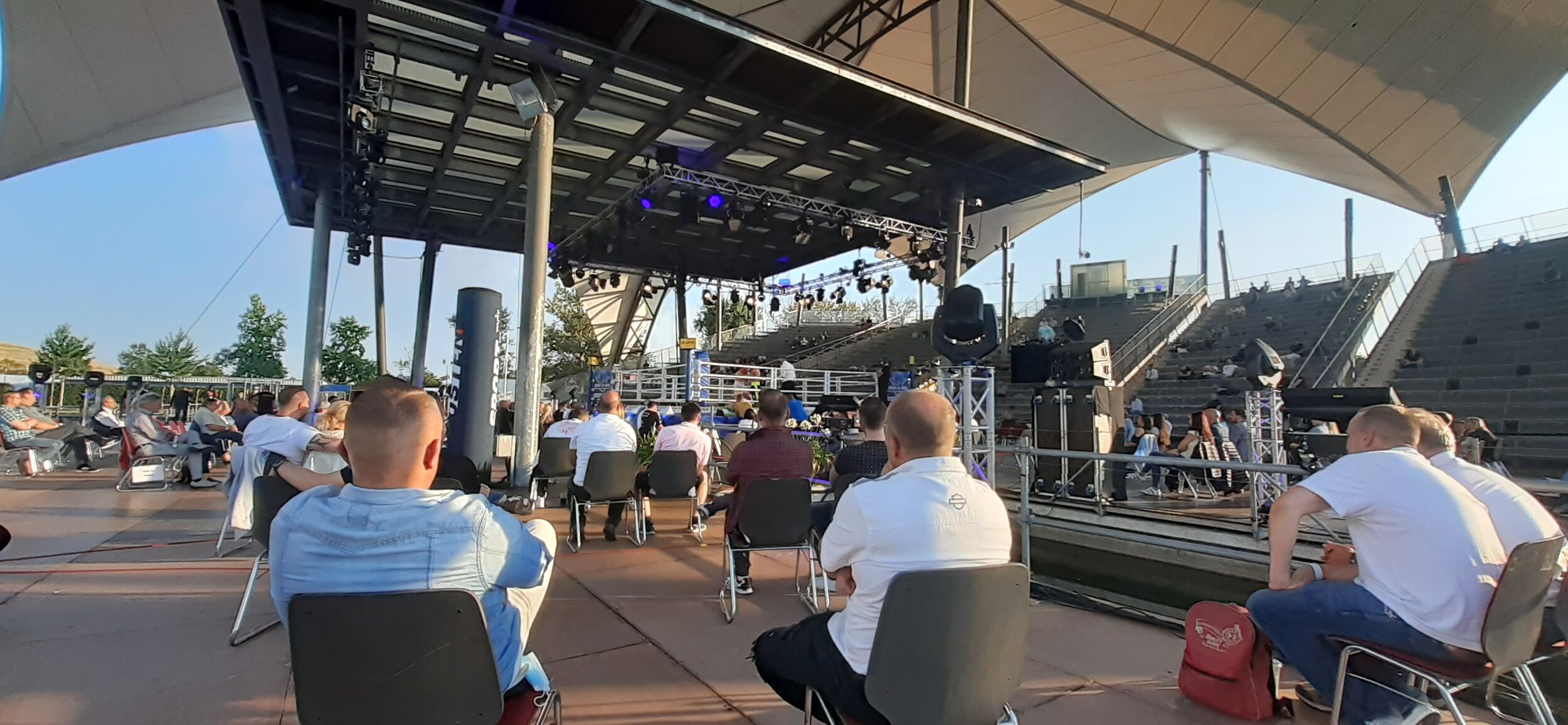

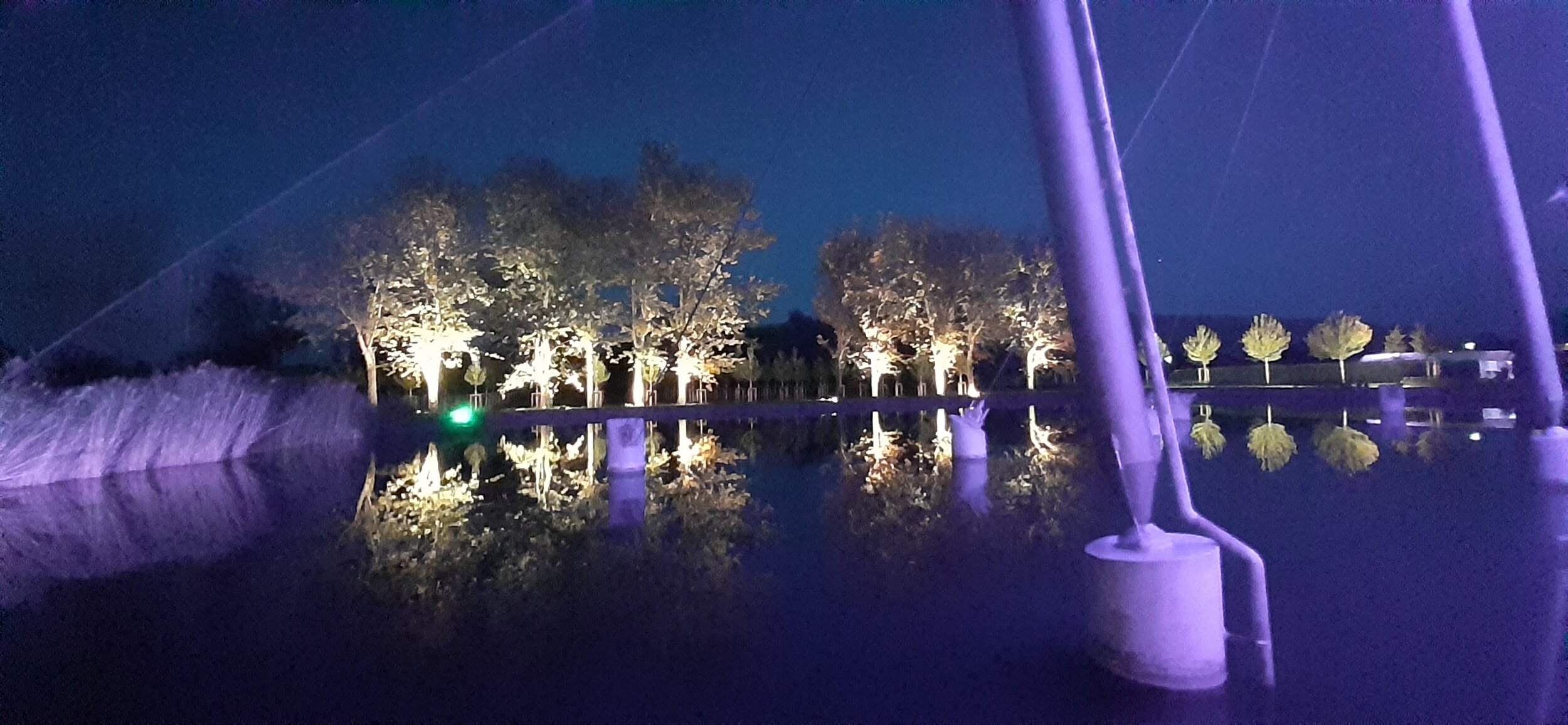
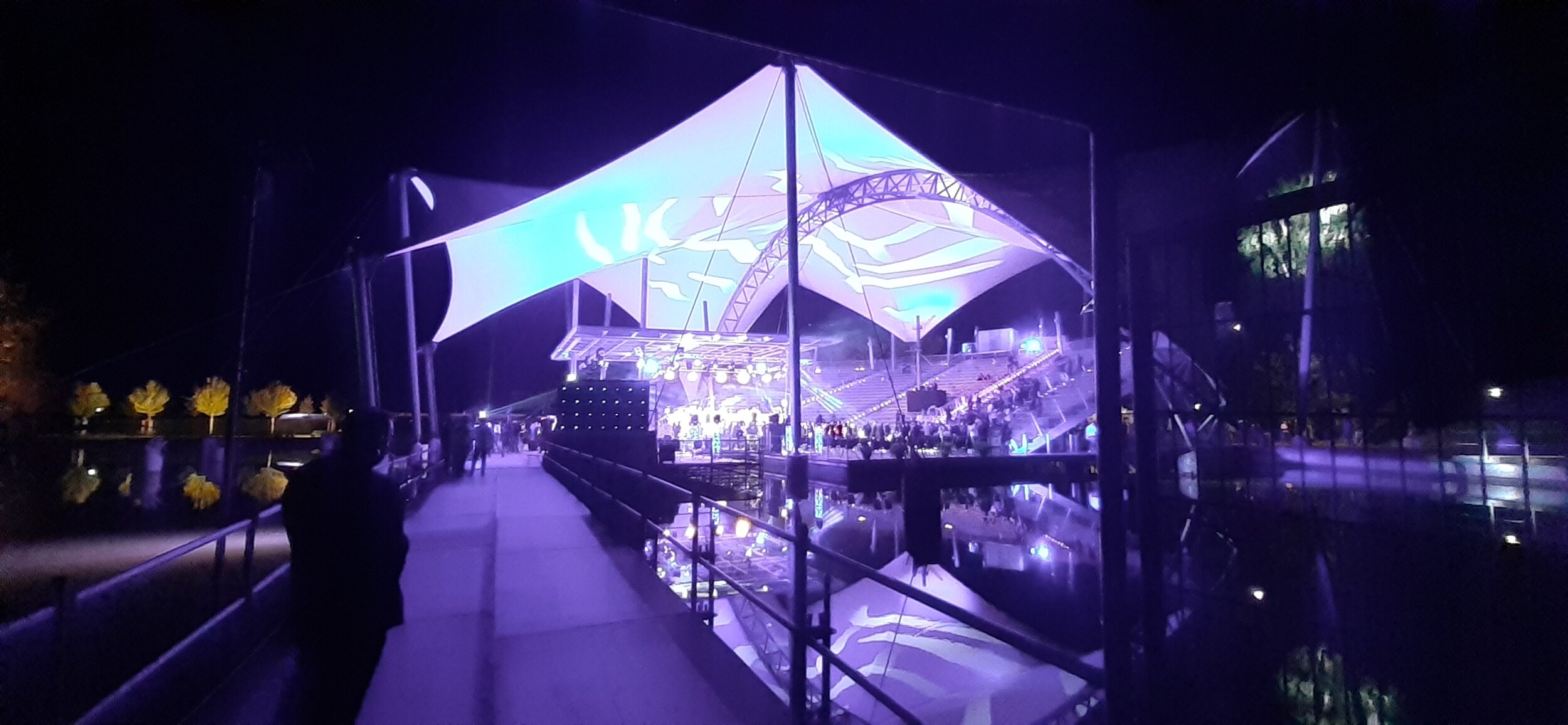
A Morning at OnPoint in Berlin
So this morning I rode my bike up into north Berlin to go and see the guys at OnPoint Studios. The reason I went up was that I was asked recently by my old friend Lydia to come and work with OnPoint to put together some content on motion capture and virtual reality. All of that will be coming to see to the OnPoint website.
Had a really nice morning, and even managed to miss the heavy rain on the way. I got to speak with Niklas Bothe, head of motion capture, and Marian Woller, virtual production consultant, who run the OnPoint Studio.
I also ran into my old colleague Thi Nguyen, who took some great pics of me interviewing Niklas. I took a handful of pictures myself, appended below. I hope you enjoy them.
‘Unlocking the Grid’
My first story for Transform magazine, published by IEMA, just went online. It looks at the potential marketplace for off-grid solar energy, a subject I wrote about extensively for pv magazine when I was working with them as their off-grid editor. For more on my work on solar, both on- and off-grid, why not check out my clippings section?



